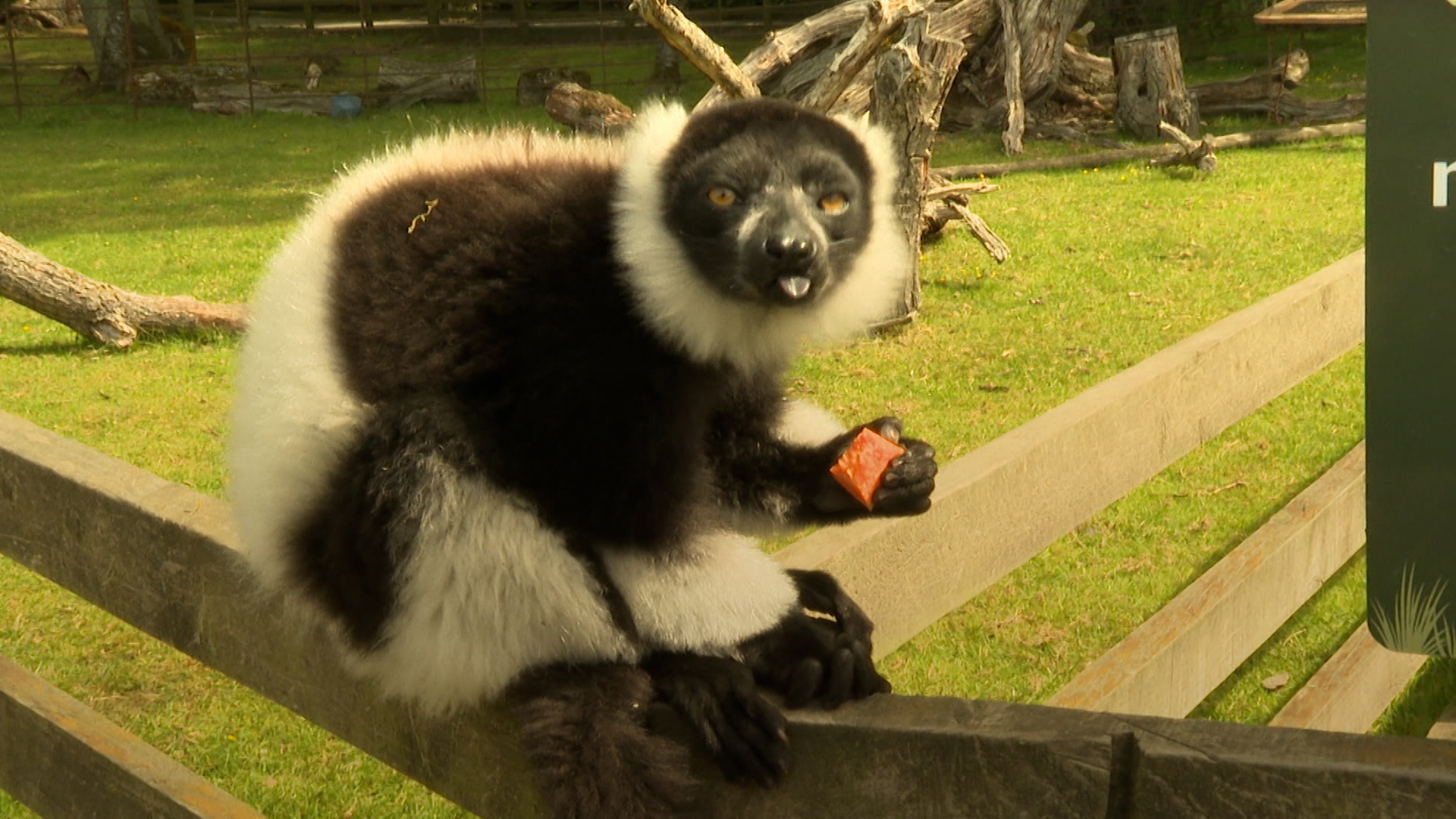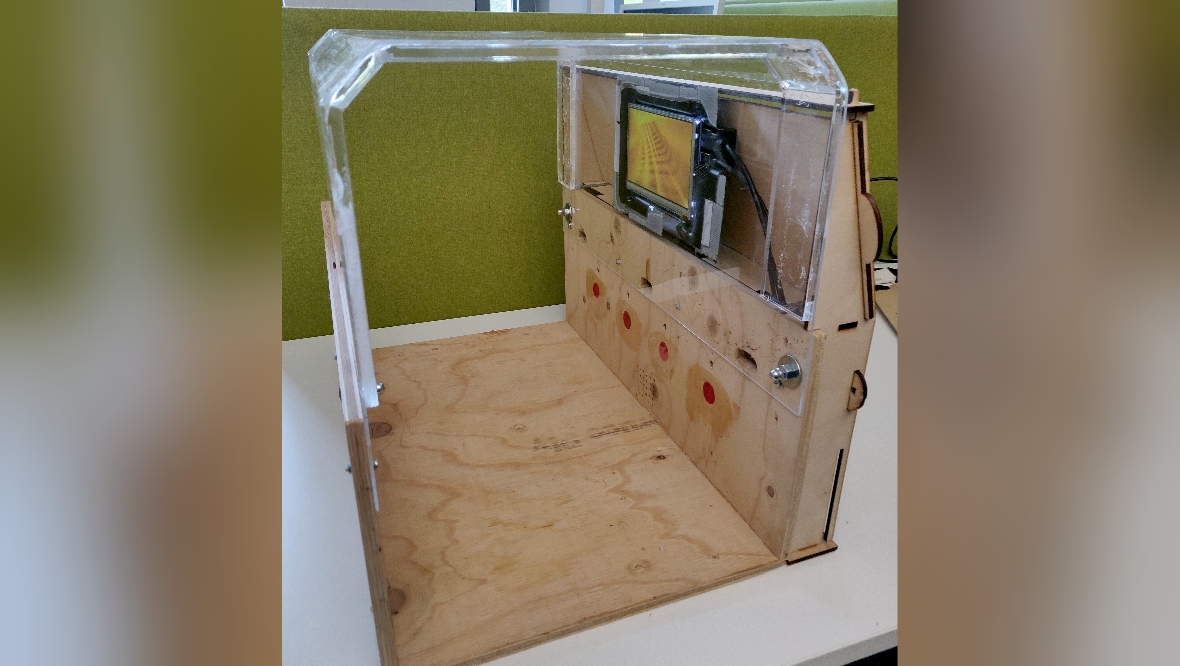Monkeys at a zoo have been given access to a primate version of “Spotify and Netflix” in a new study by a university to see how animals engage with sound.
Experts at the University of Glasgow have developed the “monkey media player” – an interactive system which lets gorillas, chimps, and orangutans access sounds and videos.
Focusing on a group of three white-faced saki monkeys at Korkeasaari Zoo in Helsinki, Finland, a small computer was played in a wood and plastic tunnel which was then set up in the animals’ cage.
Placed inside the enclosure for 32 days, the primates could trigger a video or sound by walking through infra-red beams.
The monkeys were given the opportunity to watch rain sounds, music or traffic noises, videos of worms, underwater scenes or abstract shapes and colours.
Despite being able to listen or watch as long as they chose to stay, researchers found that the sakis’ interactions were mainly short – lasting only a few seconds.
It was also found that they interacted more with the visual stimuli in comparison with the audio.
 STV News
STV NewsDr Ilyena Hirskyj-Douglas of the University of Glasgow, the leader of the study, said that the findings “raise a number of questions”.
He said: “We’ve been working with Korkeasaari Zoo for several years now to learn more about how white-faced sakis might benefit from computer systems designed specifically for them.
“Previously, we have explored how they interacted with video content and audio content, but this is the first time we’ve given the option to choose between the two.
“Our findings raise a number of questions which are worthy of further study to help us build effective interactive enrichment systems.
“Further study could help us determine whether the short interactions were simply part of their typical behaviour, or reflective of their level of interest in the system.
“Similarly, their varying levels of interaction over time could be reflective of how engaging they found the content, or simply that they were becoming habituated to the tunnel’s presence in their enclosure.
“While they chose audio more regularly than video, the results weren’t statistically significant enough for us to know for sure what they prefer.”
Follow STV News on WhatsApp
Scan the QR code on your mobile device for all the latest news from around the country



























